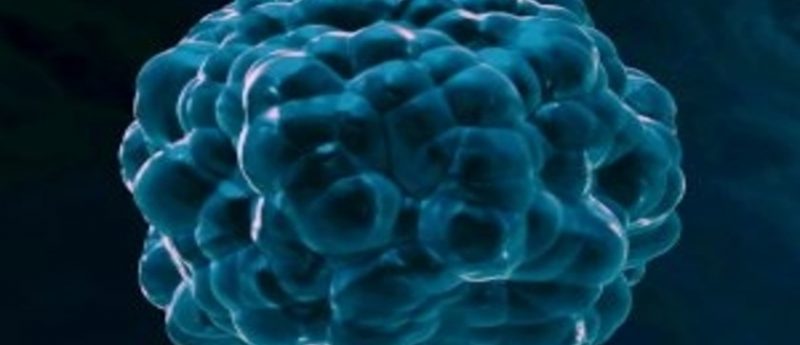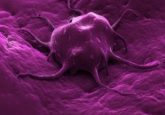Do second primary malignant neoplasms have a similar impact on survival for young patients and older adults?

In a study published recently published in JAMA Oncology, a group of researchers analyzed more than 1 million cancer patients of all ages throughout the US, to compare survival rates on secondary cancers, to that of the same cancer that occurred as a primary malignancy, by age. From the study, the team demonstrated that survival rates among those under the age of 40 with secondary cancers were worse, when compared with primary tumors.
Leading the study, Theresa Keegan (UC Davis Comprehensive Cancer Center, CA, USA) and co, collected data on 14 most common cancer types associated with AYAs (15–39 years), and discovered that children (<15 years) and AYAs had an 80% chance of 5-year survival after diagnosis of the first cancer. However, if the same cancer reappeared as a secondary malignancy, the 5-year survival rate dropped to 47% in children, and 60% in AYAs.
Individually, the 5-year survival rate differed in cancer types and age. For example, AYA patients diagnosed with acute myeloid leukemia as a first cancer had a 57% chance of survival. This dropped to 29% if the cancer had reoccurred as a secondary malignancy.
“For almost every type of cancer, the AYA population did worse with a secondary cancer,” explained Melanie Goldfarb, (John Wayne Cancer Institute, CA, USA). “What struck us was that the second cancer caused such an increased risk of death.”
Understanding why AYAs perform far worse than older patients and young children is yet to be understood, but researchers hope the findings will help guide clinicians in providing age-specific recommendations, screening, treatment and survivorship on cancer prevention.
Sources: Keegan THM, Bleyer A, Rosenberg AS, Li Q, Goldfarb M. Second primary malignant neoplasms and survival in adolescent and young adult cancer survivors. JAMA Oncology doi:10.1001/jamaoncol.2017.0465 (2017) (Epub ahead of print); www.sciencedaily.com/releases/2017/04/170420114022.htm





